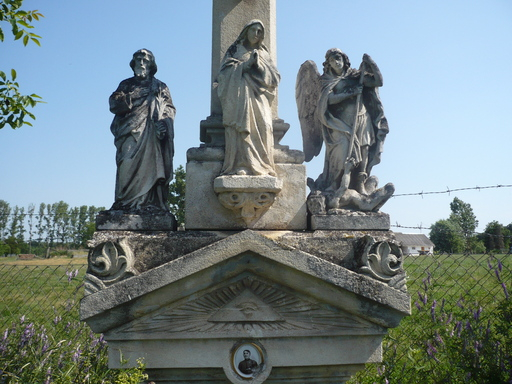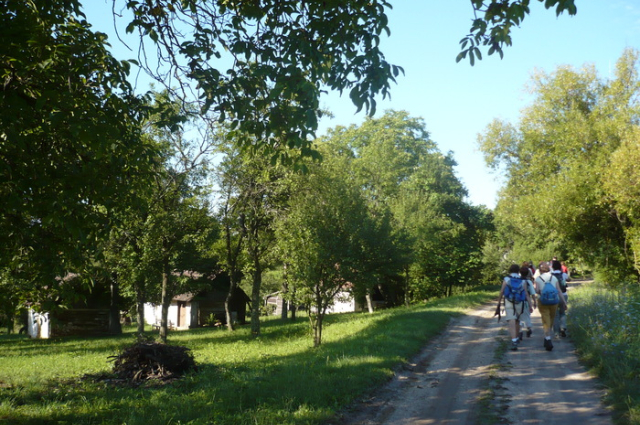
Stop point - Vaspör

The first part of the name of the settlement in Zala County (iron) is related to the iron ore occurring in the area. The second member is probably a personal name. In the area of Vaspör, the grassland iron, also known as earth iron, found in the upper layers of the soil, was exploited in the 11th and 13th centuries. It was probably also used in the Middle Ages by the inhabitants of nearby Csatár (now Pusztacsatár), who were engaged in shield-making and weapon forging.
The roadside crosses on the outskirts of the village are noteworthy for their pedestals, which are decorated with a series of saints (St George, St Margaret, St John the Baptist, St Rococo, etc.)
Pusztacsatár, one of the oldest pilgrimage sites in Western Transdanubia, belongs administratively to Vaspör
The name Pusztacsatár refers to the Árpád era village of Csatár and the occupation of its inhabitants (csatár = shield maker). Csatár was depopulated during the Turkish occupation, but its chapel, dedicated to the Assumption, was still regularly visited by the local faithful. As early as the 1600s it was considered a place of pilgrimage. Miraculous apparitions were associated with the place and miraculous healings with the waters of the spring, and its fame spread. The small church, which had fallen into ruins, was restored and rebuilt in 1736. Even after the Baroque reconstruction, many of the earlier architectural and decorative elements of the building were preserved.
Pusztacsatár has its own farewell hymn:
"Mary, the border blesses you,
"Mary, Thou who art in Mary, Thy blessed Virgin, Thy old watch-house, Pusztacsatár.
We lift up our hearts in trust,
O Virgin Mother, protect your people!"
- Vaspör

